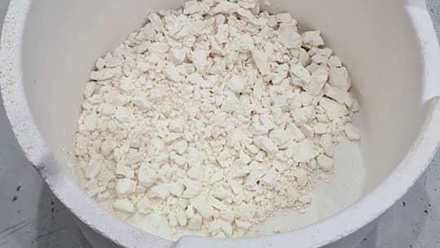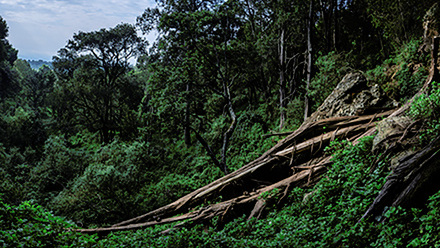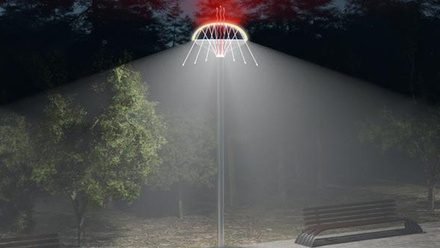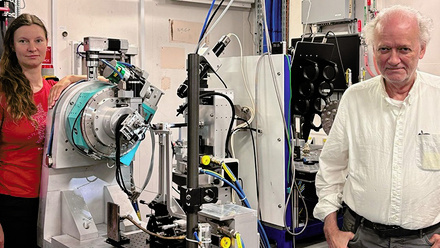Overcoming the uranium mining legacy in Uzbekistan
Planned remediation works include closing six shafts, demolishing contaminated buildings and processing facilities, relocating several waste rock dumps to a central covered dump and other associated activities.
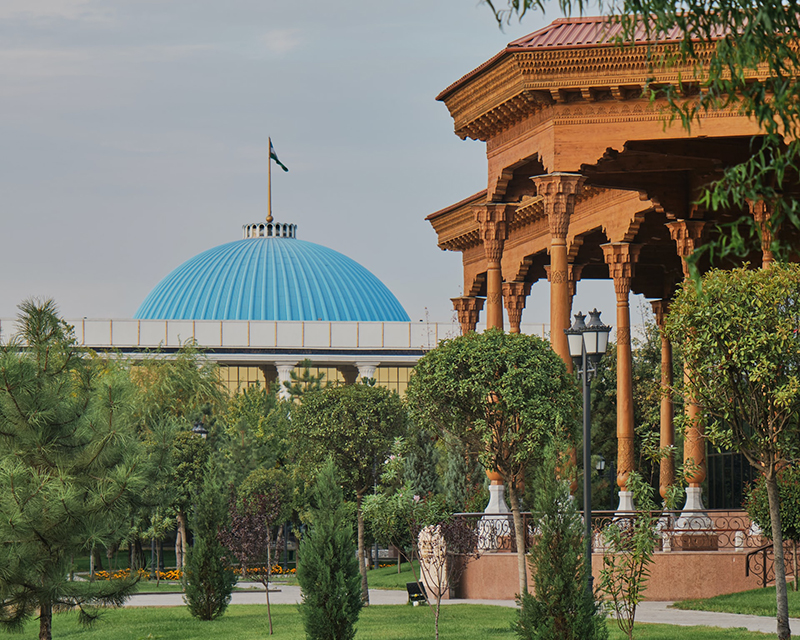
Preparations to tackle the legacy of former uranium mining sites in Uzbekistan are to begin, following the signing of a grant agreement between the Environmental Remediation Account for Central Asia (ERA) and the government of Uzbekistan.
The €2 million grant will support a recently established Project Management Unit (PMU), which will be dealing with the environmental remediation of the former uranium mining sites at Yangiabad and Charkesar, located in the mountains east of the Uzbek capital Tashkent.
The signing follows the approval of an updated Strategic Master Plan (SMP) for resolving the uranium legacy in Central Asia.
As a first step, the PMU can start preparing the necessary tender documentation for remediation works at the two sites. Physical work on the ground is expected to begin in the third quarter of 2022 and will take approximately two years to complete.
Located at an altitude of 1,300 metres in an area with a high risk of seismic activity, and around 70 km from Tashkent, Yangiabad was a uranium mining site for almost 40 years. It is spread across a 50 km2 area and contains an estimated 2.6 mln m3 of radioactive waste.
The village of Charkesar, located in the mountains 140 km to the east of the Uzbek capital, was a uranium mining site until 1995 and is still home to around 3,500 people, making the clean up important to local health.




